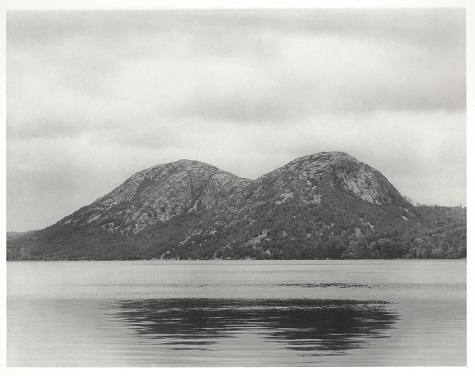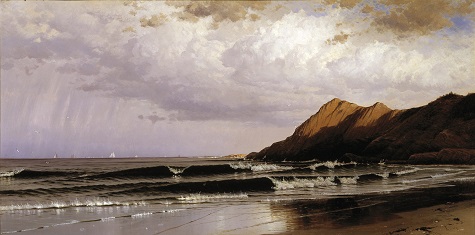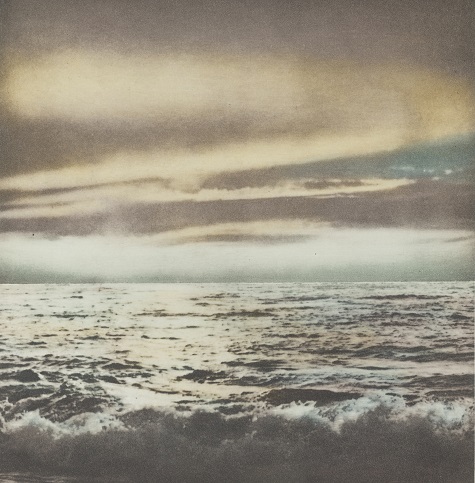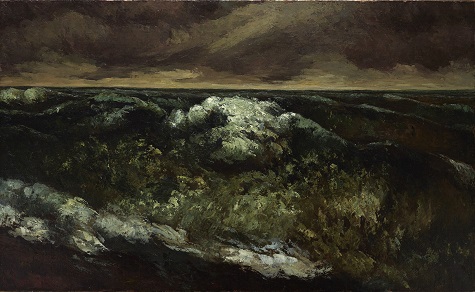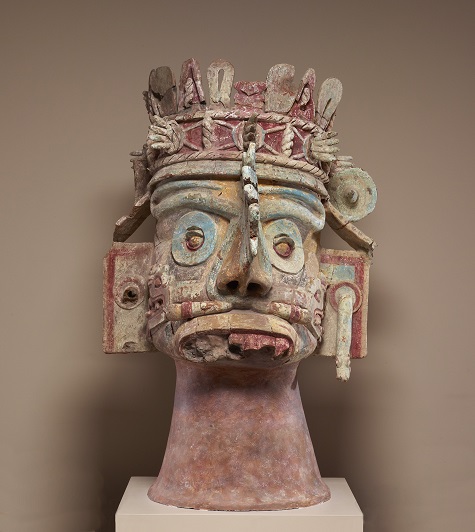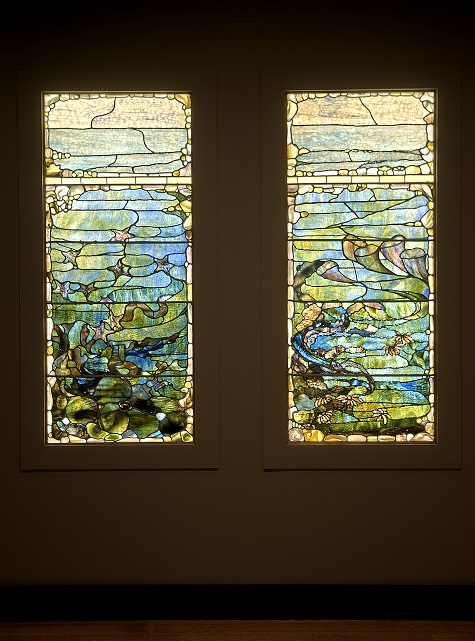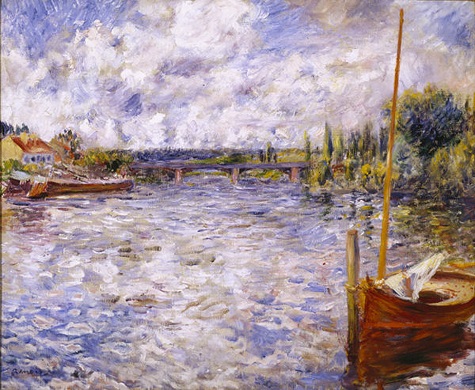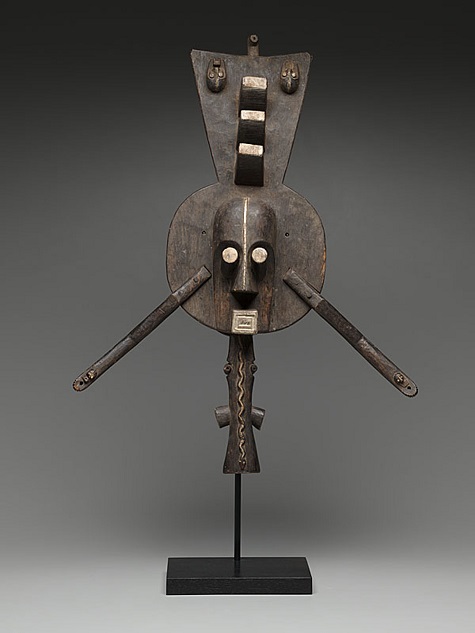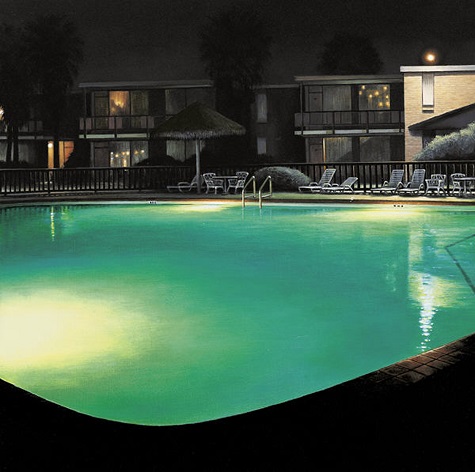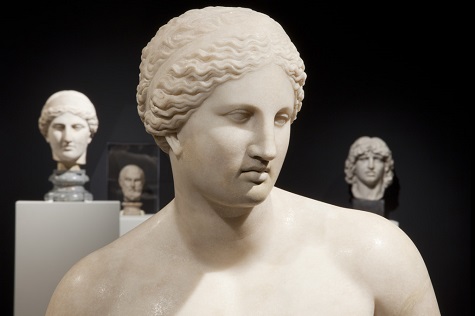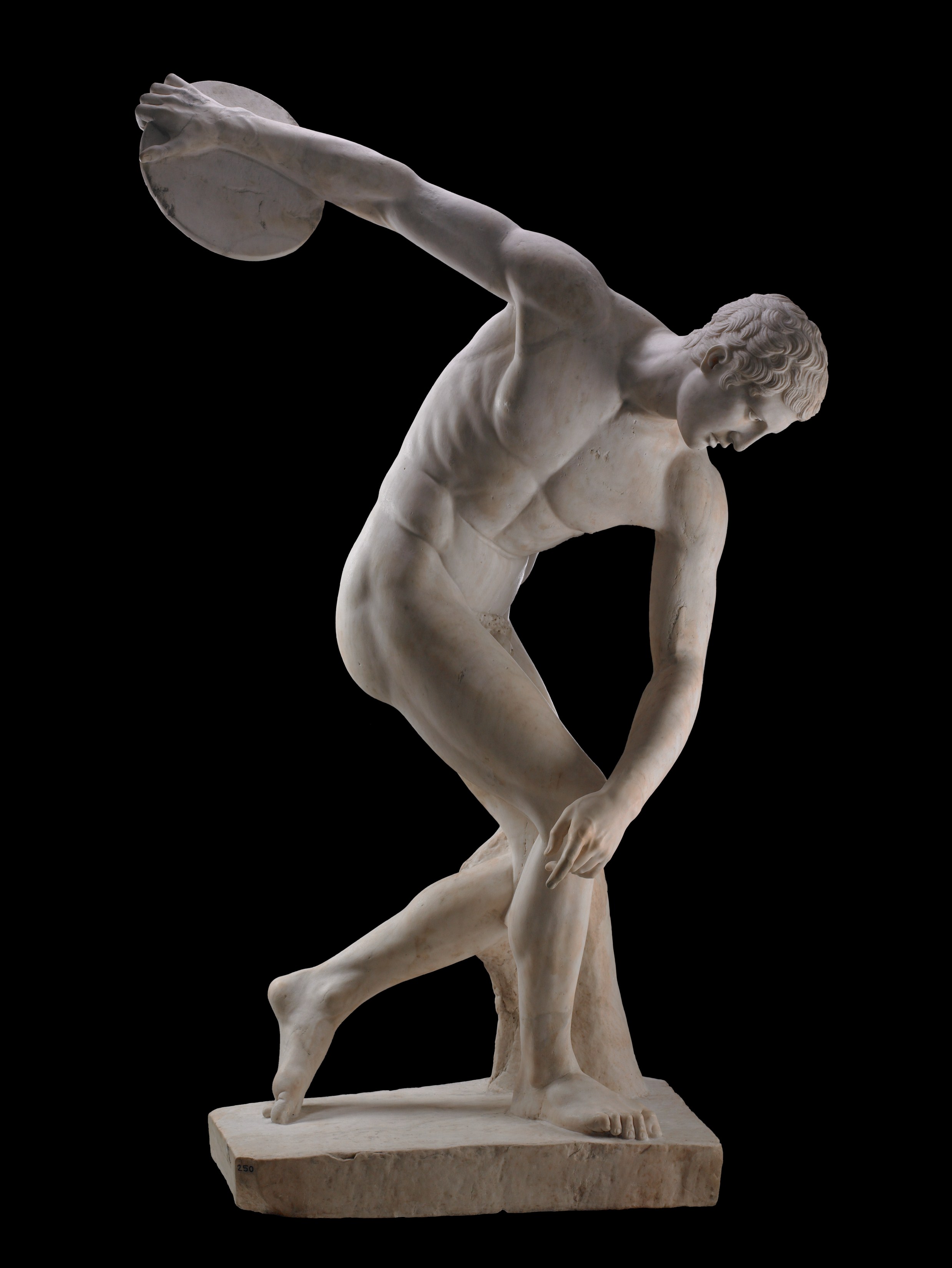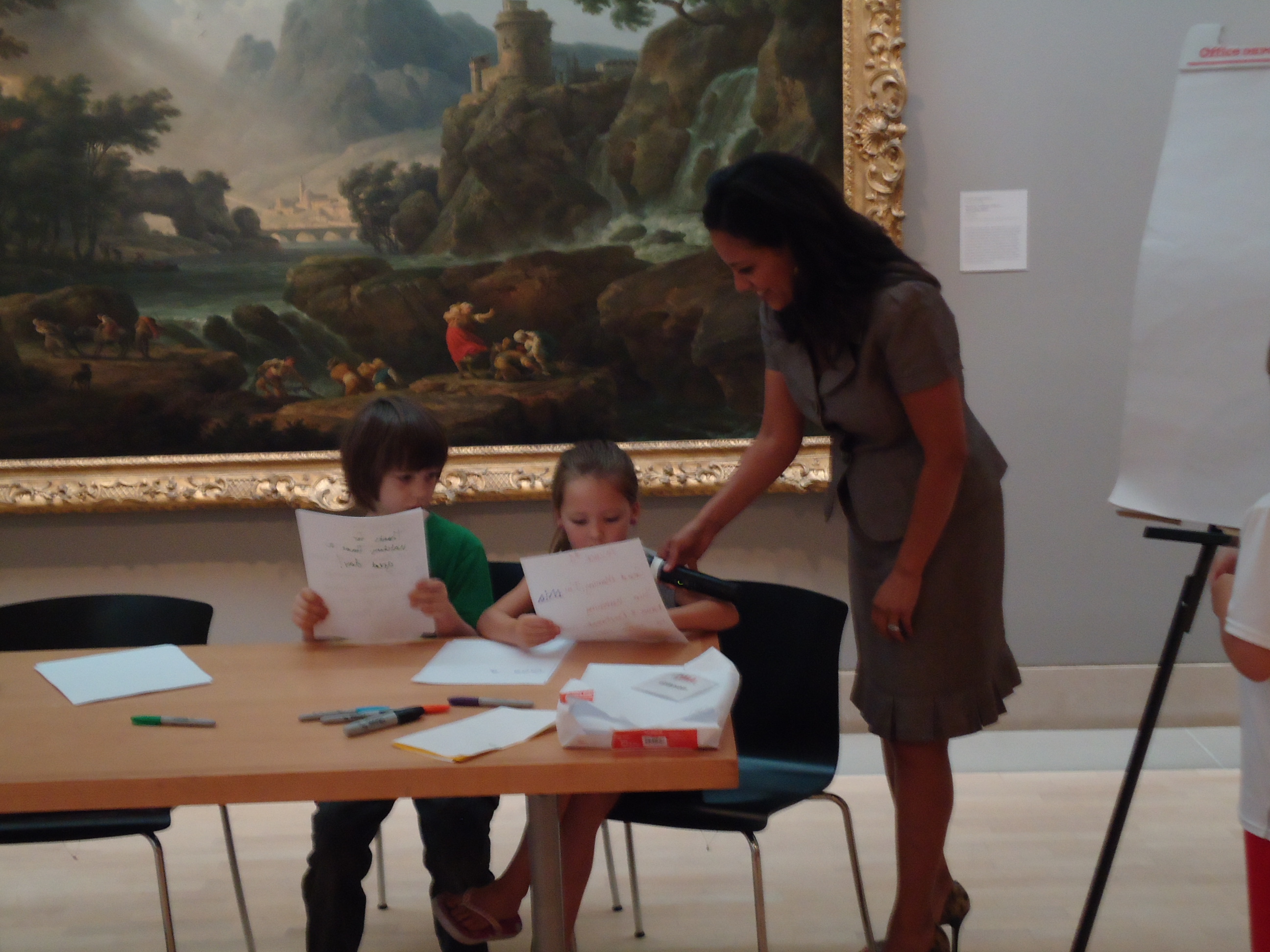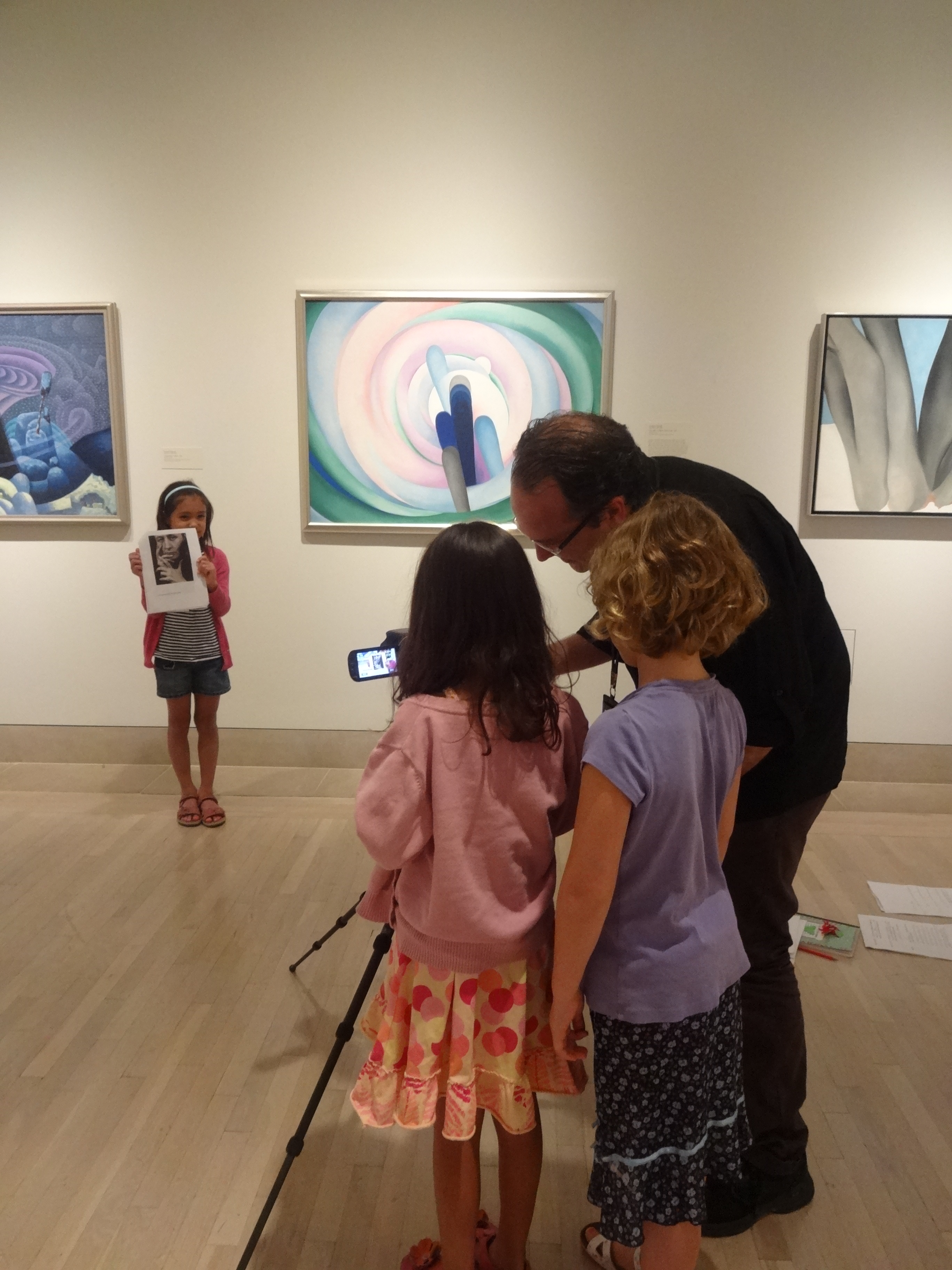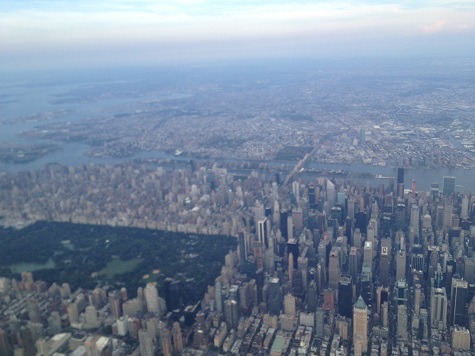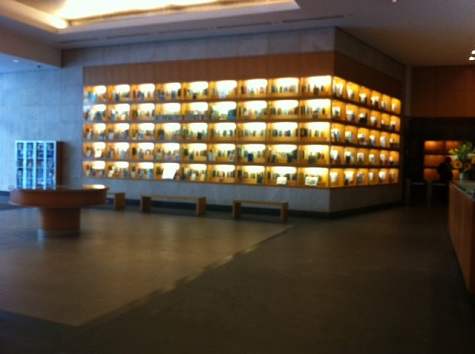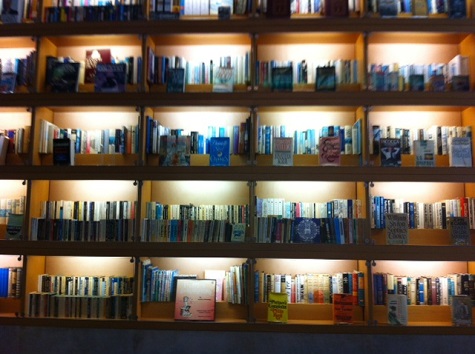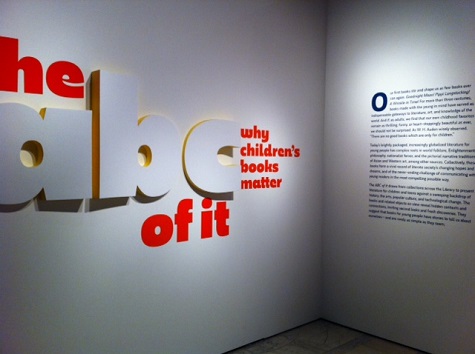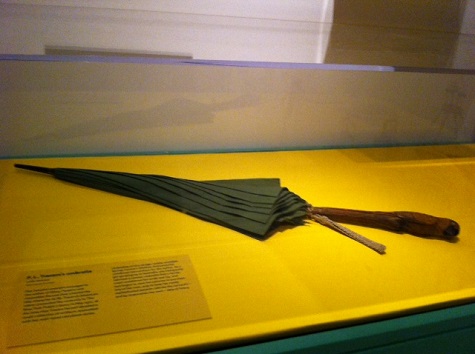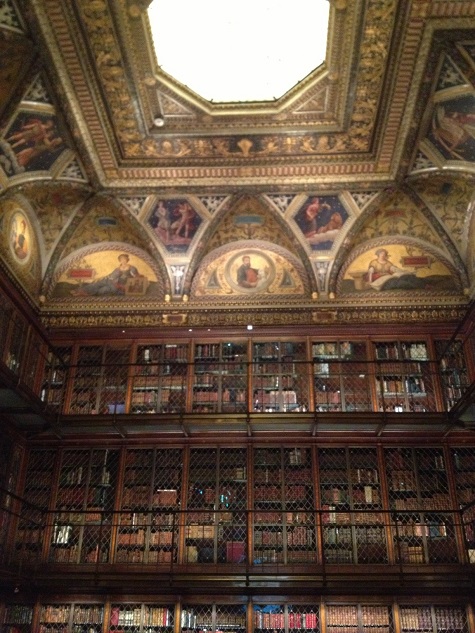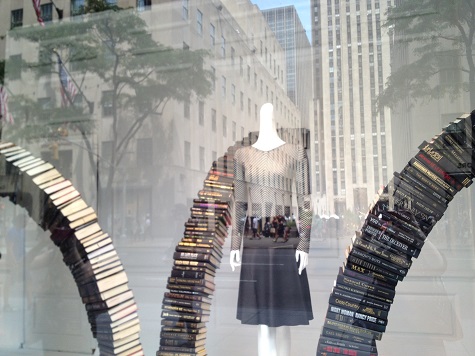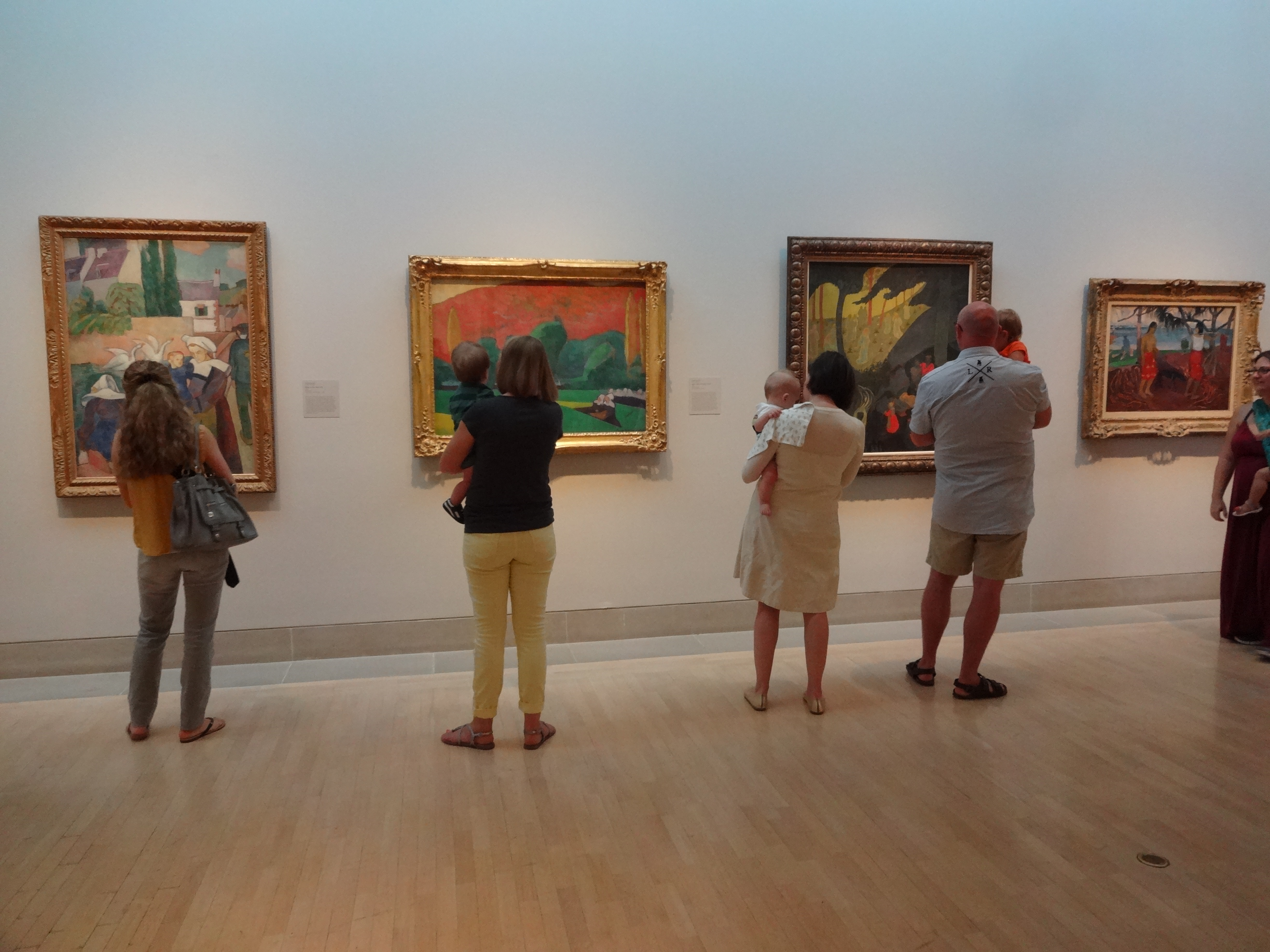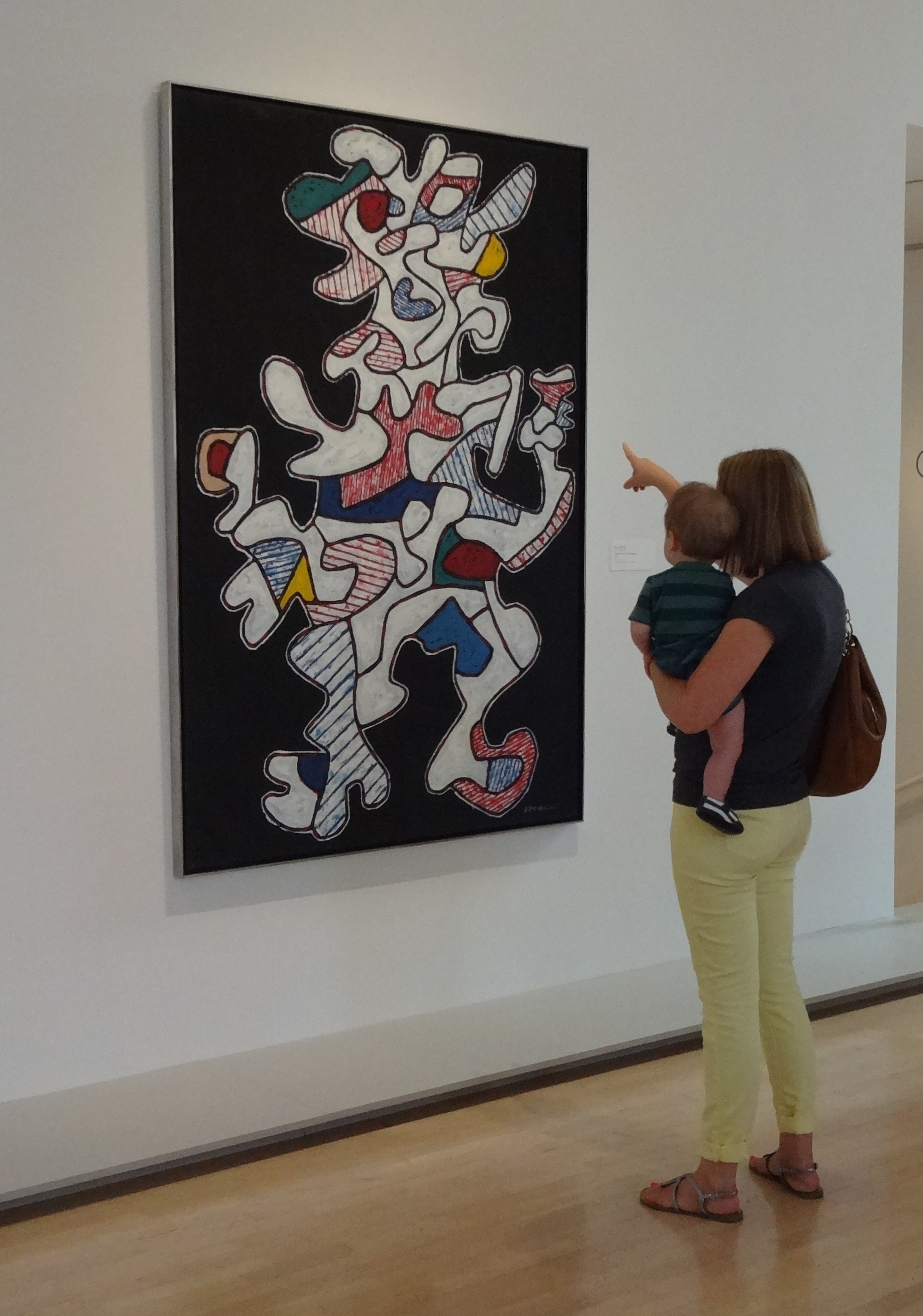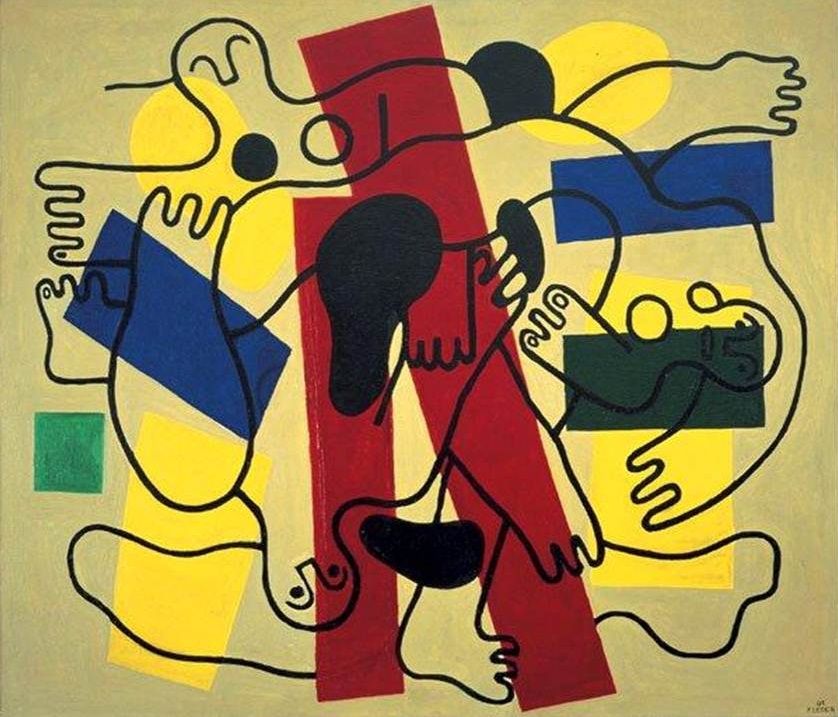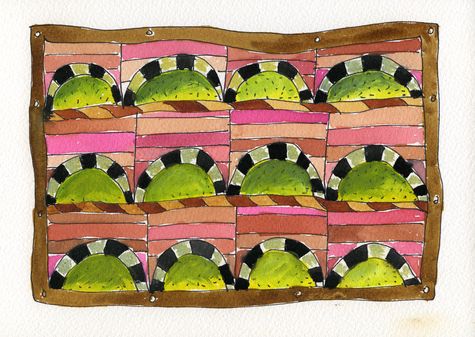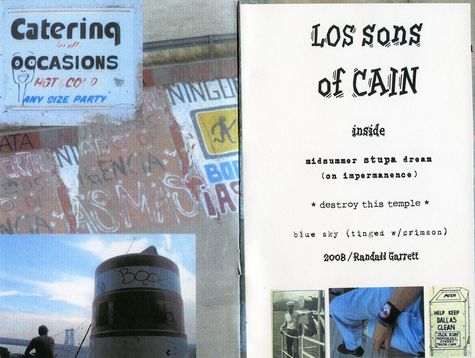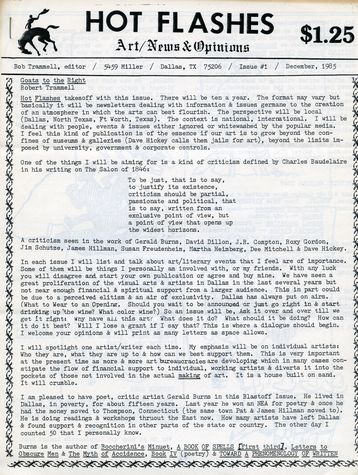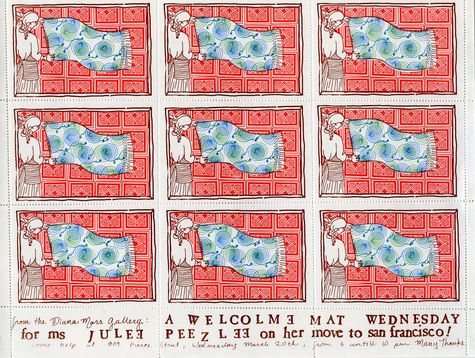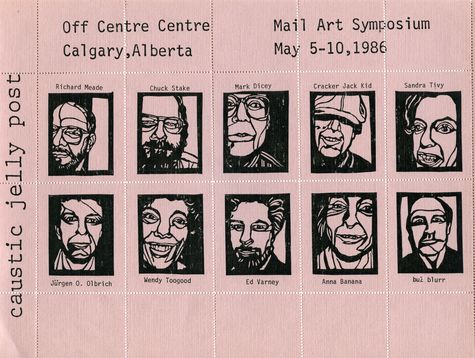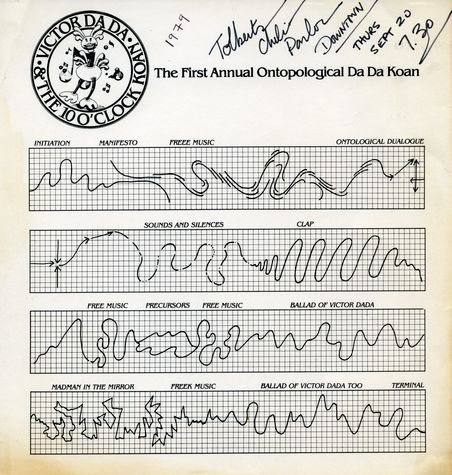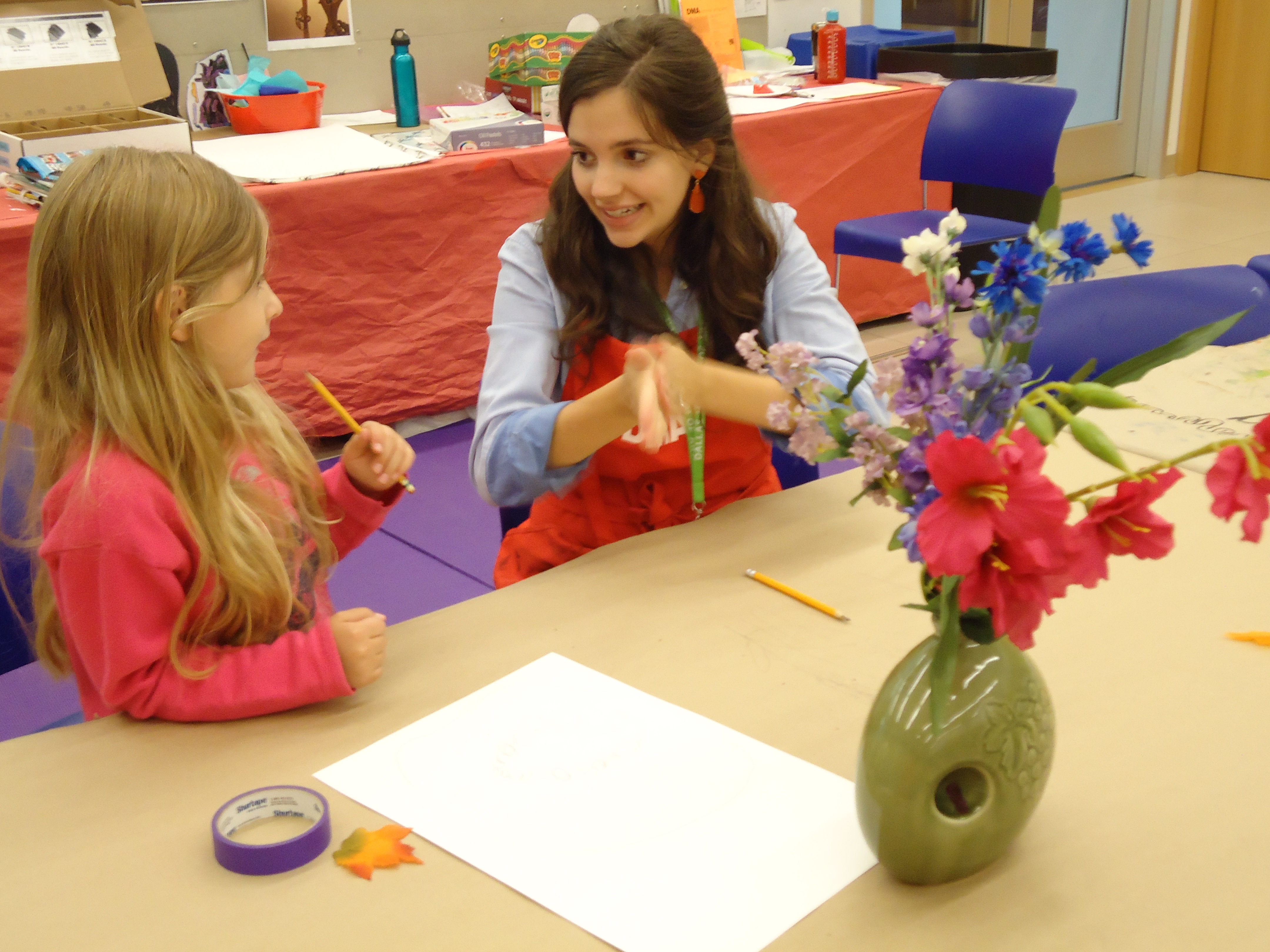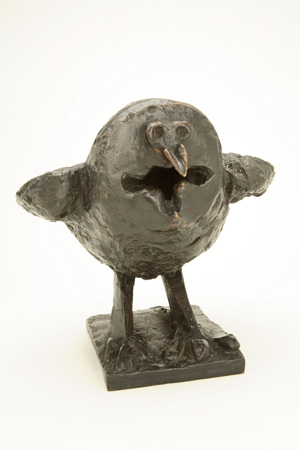If you’ve visited the DMA lately, you may have been wondering what is going on behind the closed doors of the Chilton Galleries, the same galleries that held the recent Chagall: Beyond Color exhibition. The galleries have been transformed into a temporary conservation workspace, where we have been busily working on a massive installation artwork by Daniel Buren.
Daniel Buren (b. 1938) has been creating dynamic public installations since the early 1970s. His conceptual artwork challenged the traditional formats at the time and frequently combined modern pieces with historical architecture. Now Buren’s large striped artworks are recognized instantly across Europe, earning him revered status in his native France.
The DMA recently acquired Buren’s 1973 Sanction of the Museum, which consists of six enormous panels of cotton fabric with alternating white and colored vertical stripes. Each panel bears two stripes of white acrylic paint applied to both the front and back of the fabric at the far left and right edges. The panels will hang from the ceiling near the Ross Avenue Entrance (at the south end of the Museum’s main Concourse) like a series of banners that can sway slightly in the air. They will lead the way upstairs to the new Conservation Studio, where Museum visitors will soon have a window into the often-unseen world of art conservation.
As conservation interns, our job was to stabilize and restore visual integrity to the canvas panels. They had been rolled up in storage since the artwork’s last installation in 1989, prior to their acquisition by the DMA last year. This is good in that the artwork hasn’t seen a lot of wear or fading from UV, but because it was rolled improperly a number of minor damages were incurred. (If you’re curious about how to properly care for your paintings, here is a good place to start!) The most pressing issues we encountered were the extreme creases and wrinkles that marred the artwork’s stoic appearance. We also found numerous small stains and tears.
Before performing any treatment on the artwork itself, we made mock-ups and conducted tests to decide on the best option. In conservation practice, a “less is more” approach is always best, using minimal interference and always using reversible materials. In this particular case, we successfully steamed away most of the wrinkles in the fabric and reduced the most severe creases under custom weights. Small tears were mended with thread-by-thread reweaving and custom-made patches. Soft vinyl erasers and cellulose pulp poultices were used to reduce scuffs and dirt.
After an intense eight weeks of preparation, installation is now underway! We are thrilled to have been a part of the team that helped bring this important contemporary artwork to Dallas. This conservation treatment is just the start of many more exciting projects that will be taking place on public view in the new Conservation Studio when it opens this fall. Be sure to check out Sanction of the Museum the next time you visit the DMA!
Diana Hartman and Jessica Ford are art conservation interns working with Chief Conservator Mark Leonard at the DMA this summer. Diana is a conservation technician at Winterthur Museum, and Jessica is a graduate fellow in paintings conservation at Winterthur/University of Delaware.











